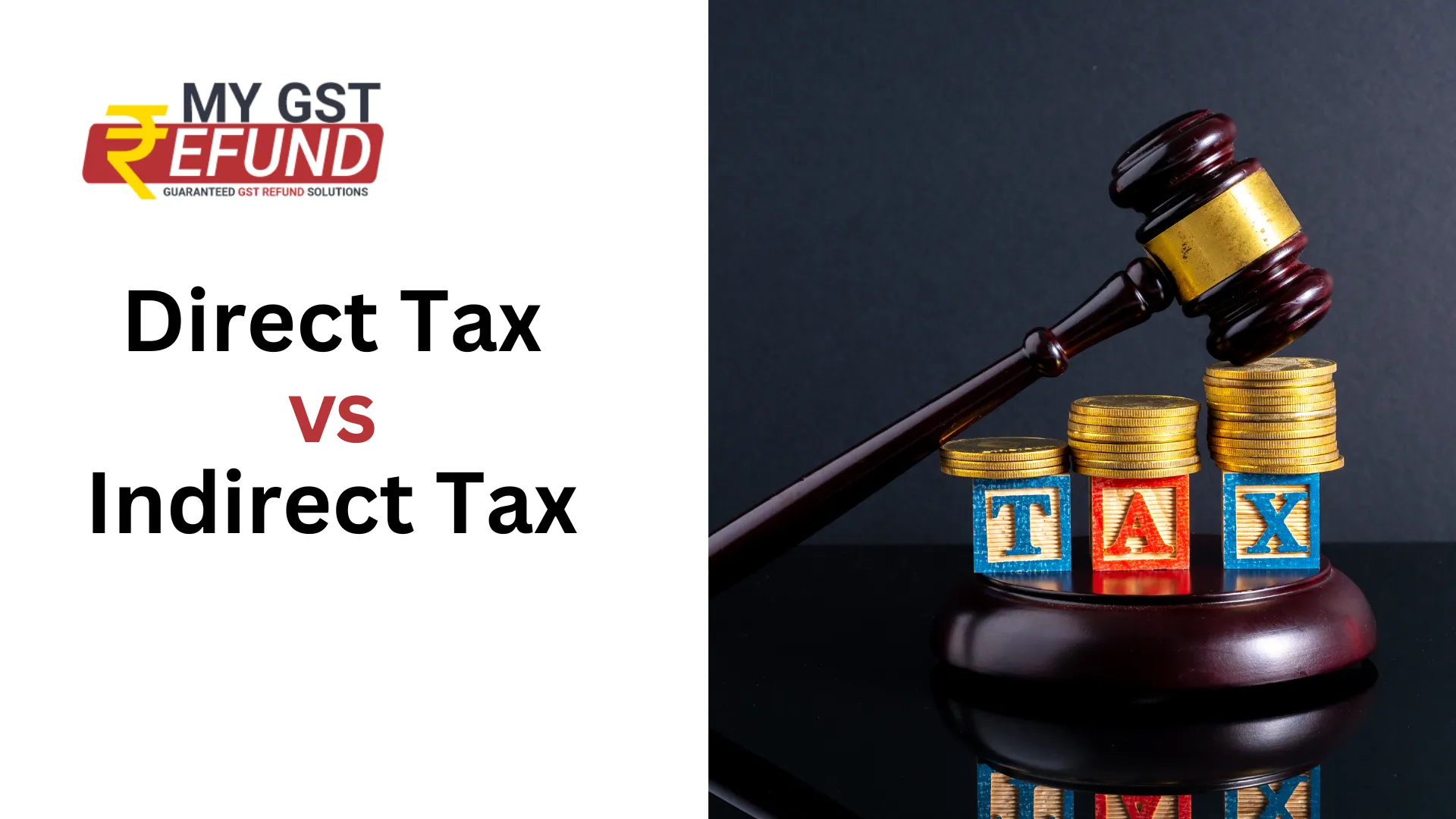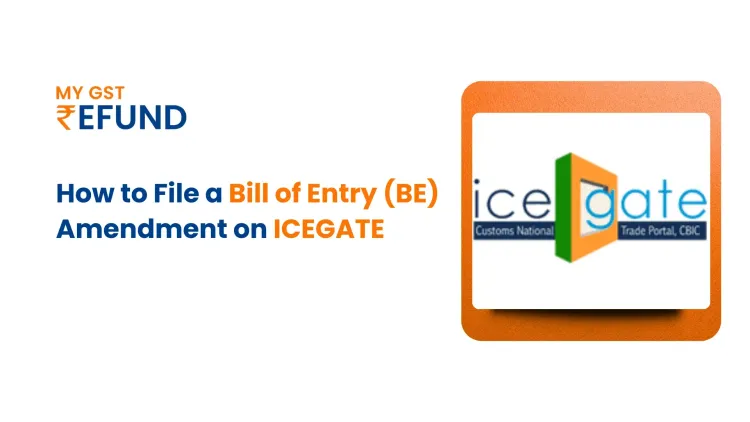Direct vs Indirect tax
In India, taxes are collected by both the national (Central) government and the state governments. Local authorities also impose some smaller taxes.After the years, there have been changes in policies and procedures aimed at making taxation more fair, consistent, and automated.
This means that if you earn money and pay income tax, there might be other taxes you have to pay too. There are two types of taxes: direct taxes and indirect taxes. Direct taxes are paid directly by individuals or businesses, like income tax. Indirect taxes are paid indirectly through goods and services, like sales tax or GST (Goods and Services Tax).
Direct tax
A direct tax is one that you pay directly to the government or authority that imposes it. For example, income tax is a direct tax because you pay it directly to the government, and you can't transfer it to anyone else. There are laws that govern how these direct taxes work.
In India, the CBDT (Central Board of Direct Taxes), which is part of the Department of Revenue, handles direct taxes. They manage things like collecting taxes and advising the government on how to implement direct taxes effectively.
Types Of Direct Tax
Some of the most common types of direct tax implemented in India are as follows-
Income Tax: Income tax is one of the common direct taxes.you have to pay income tax on the basis of income level and according to income tax slab rate set by the government.
2. Securities Transaction Tax: Securities transaction tax is applied on trade.you have to pay this tax either you make a profit or loss.This tax is collected by broker after broker it goes to the stock exchange and then stock exchange submit to the government .
3. Capital Gains Tax: When you make profit from sale of property and investment, you have to pay tax known as capital gain tax.
Benefits Of Direct Tax
There are some key benefits of direct taxes such as-
Curbs Inflation - case if there is monetary inflation, the government can increase direct tax rates so that the goods and services demand can be reduced. As the demand falls, it helps in condensing inflation.
2. Equitable- Direct taxes are also known to be equitable as the progression principle is at its foundation. People with lower incomes pay lower taxes, and people with higher incomes pay higher taxes.
3.- Higher taxes - collected from the rich are used by the government to launch newer initiatives for the poor. The initiatives provide income sources to people with lower income, helping them improve their living standards.
Disadvantages Of Indirect Tax
Direct taxes also have some drawbacks such as
Seen as a Burden : Paying direct taxes like income tax all at once every year can feel like a heavy burden for taxpayers. Plus, the paperwork involved is usually complicated and takes a lot of time.
2. Possibility of Avoiding Payment : Even though the government has made it harder to evade taxes, there are still ways for individuals and businesses to cheat or pay less tax than they should.
3. Limits Investments : Because of taxes like securities transaction tax and capital gains tax, many people shy away from investing. So, in a sense, these direct taxes hold back investments.
Indirect Tax
Direct taxes are imposed on income and profits, while indirect taxes are charged on goods and services. One big difference between them is how they're paid: with direct tax, you pay straight to the government, but with indirect tax, there's usually a middleman who collects the tax from the consumer and passes it on to the government.
Indirect taxes don't depend on how much money someone makes; everyone pays the same rate. In India, the CBIC (Central Board of Indirect Taxes and Customs) is in charge of indirect taxes. Just like the CBDT, CBIC is also part of the Department of Revenue.
Types Of Indirect Tax
Some of the most important types of indirect tax in India are as follows-
1- Goods and Services Tax (GST) : GST replaced 17 different taxes in India like Service Tax and State VAT. It's one single tax imposed on all goods and services based on tax rates set by the GST Council. One of its main benefits is that it stopped the tax-on-tax effect of the old system.
2- Customs Duty : When you buy something from another country, you have to pay customs duty on it. It doesn't matter how the product arrives in India—by air, land, or sea, you still pay customs duty. This tax ensures that all imported products are taxed.
3.- Value Added Tax (VAT ) : VAT is a tax added at each stage of a product's journey to the consumer. It's set by the state government and varies for different goods. While GST has replaced most VAT, it's still applied to some products like those containing alcohol.
Benefits of Indirect Tax
Some significant benefits of indirect taxes are listed below-
- Poor People Also Contribute: Poor people from direct tax are exempted but they pay indirect tax through the consumption of goods and services and by this poor people also help in nation-building.
- Convenient Payments: In case of direct tax, the taxpayer has to pay all the tax at one time but in the case of indirect tax we have to pay bit by bit.
- Easy Collection: Direct tax involves paperwork but paying of indirect tax does not involve paperwork.
Disadvantage Of Indirect Tax
A few cons of indirect taxes are as follows-
- Regressive Nature: Indirect tax is unfair because this tax treats everyone the same anyway , but there is a problem that poor people with lower income have to pay tax and they spend a large portion of the income to pay tax.
- Increases Prices: Indirect tax makes goods and services expenses because the tax is added to their prices.
- Lack of Awareness: In the case of direct tax taxpayers have the information on how much they are paying but in case of indirect tax they don’t have the information.
Difference Between Direct And Indirect Tax
Conclusion
In conclusion, taxation in India involves both direct and indirect taxes, collected by the Central and state governments. Direct taxes, like income tax, are paid directly to the government and are based on income levels. Indirect taxes, such as GST, are paid indirectly through goods and services. While direct taxes aim for fairness and progressivity, indirect taxes can be regressive and less transparent. Despite their differences, both types of taxes contribute to the country's development. The government continually updates tax policies to strike a balance between revenue generation, economic growth, and fairness in the tax system.
FAQs
Q.1 How should I know which tax is direct or indirect?
Ans. Indirect taxes are placed on products and services as opposed to direct taxes, which are imposed on income and profits.
Q.2 Is the rate of payment different for direct and indirect taxes?
Ans. Direct taxes are imposed on one's income and earnings and are paid directly to the government. On the other hand, indirect taxes are quite the opposite and are given to the government whenever any goods or services are purchased.
Q.3 Is GST a direct or indirect tax?
Ans The Goods and Services Tax is an indirect tax since it is collected on the consumption of goods and services.
Related Posts







